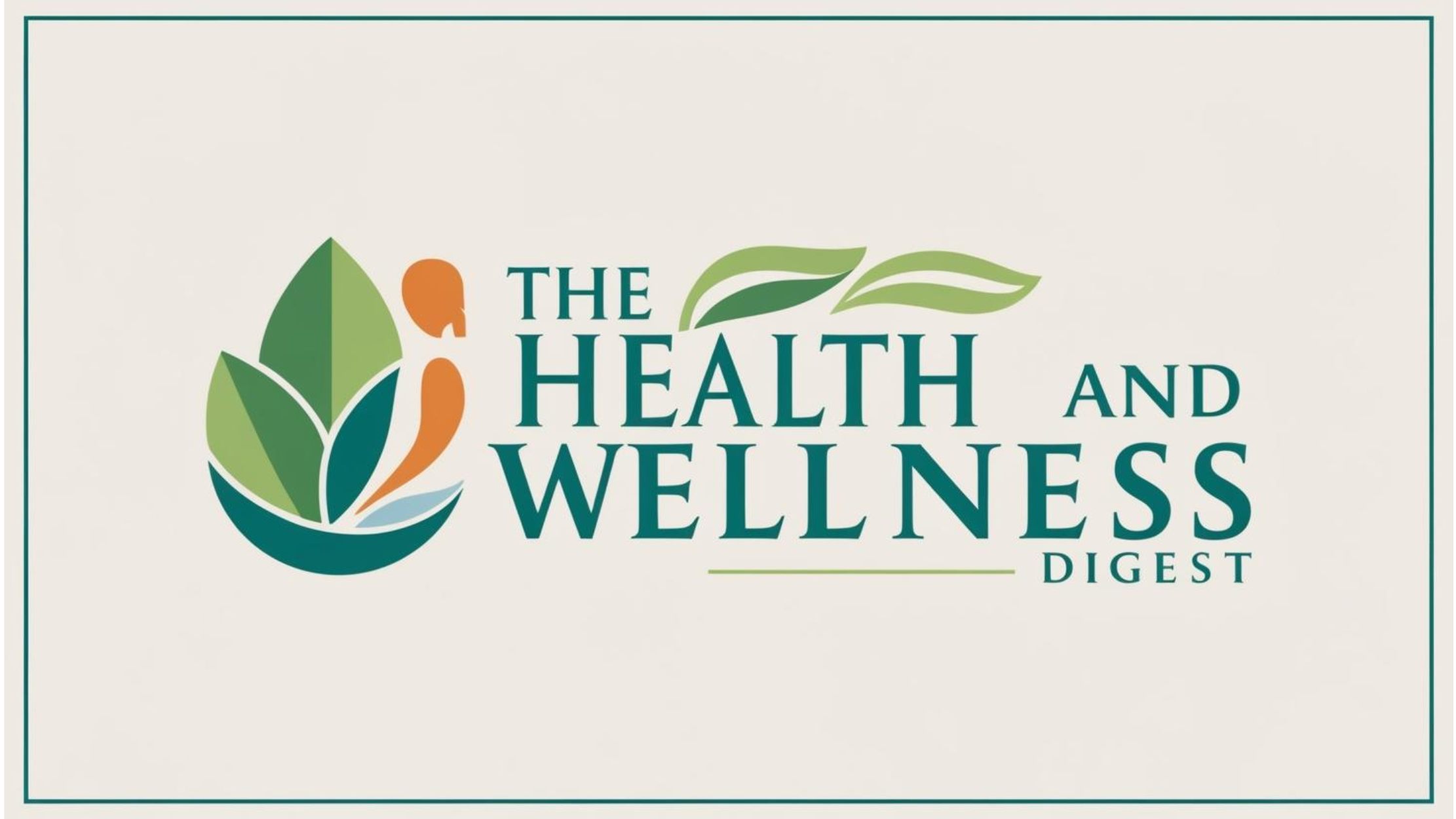
Understanding the Connection Between Chronic Pain and Blood Pressure
For many, chronic pain is a daily battle, and recent research reveals it might also be an insidious contributor to high blood pressure. A significant study involving over 200,000 adults has highlighted a strong relationship between widespread chronic pain and hypertension, indicating that not only does the location and duration of pain matter but that it directly correlates to depression and inflammation levels in affected individuals.
Key Findings: Pain, Inflammation, and Hypertension
The American Heart Association's latest findings emphasize that individuals suffering from chronic pain throughout their bodies are 75% more likely to develop hypertension than non-pain sufferers. The study, which analyzed data collected over 13.5 years, suggests that pain experienced in multiple areas of the body significantly heightens this risk. Chronic pain in specific conditions like headaches, hip, and back pain also contributes to elevated blood pressure, showcasing a concerning trend among pain sufferers.
The Silent Threat: Depression and Its Role
Depression plays a crucial role in this dynamic. As highlighted by lead researcher Dr. Jill Pell, chronic pain is often intertwined with depressive conditions, creating a vicious cycle where each exacerbates the other. Approximately 11.3% of participants in the study exhibited depressive symptoms, which were found to mediate the relationship between pain and hypertension. This underlines an important point for healthcare providers: treating pain may not only alleviate bodily suffering but could also be pivotal in managing blood pressure.
Practical Tips for Managing Chronic Pain and Blood Pressure
For those grappling with chronic pain, effective management strategies are crucial. Here are practical tips that can help:
- Medication Management: Consult healthcare providers to review pain management strategies. Medications, such as NSAIDs, have been shown to affect blood pressure, so monitoring is essential.
- Regular Monitoring: Keep track of blood pressure levels, especially if experiencing chronic pain. Early detection can lead to more manageable outcomes.
- Incorporate Physical Activity: Gentle exercises and physical therapies can alleviate pain while improving mood and lowering blood pressure.
Addressing the Larger Picture: Health Innovations and Trends
The study's findings advocate for a broader perspective on health, emphasizing that chronic pain shouldn't be viewed solely in isolation. Innovations in pain management that consider both mental and physical health components are gaining traction. Approaches like cognitive behavioral therapy, mindfulness meditation, and physical rehabilitation offer promising avenues for those affected.
Final Thoughts: A Call for Awareness
Understanding the correlation between chronic pain and hypertension serves as a crucial reminder that comprehensive health management should address both physical and mental health. As we continue to explore the implications of chronic conditions, let’s advocate for holistic approaches that prioritize overall well-being and foster resilient health practices. If you or someone you know is struggling with chronic pain and related health issues, seeking professional advice could pave the way for significant improvements in quality of life.
 Add Row
Add Row  Add Element
Add Element 



Write A Comment